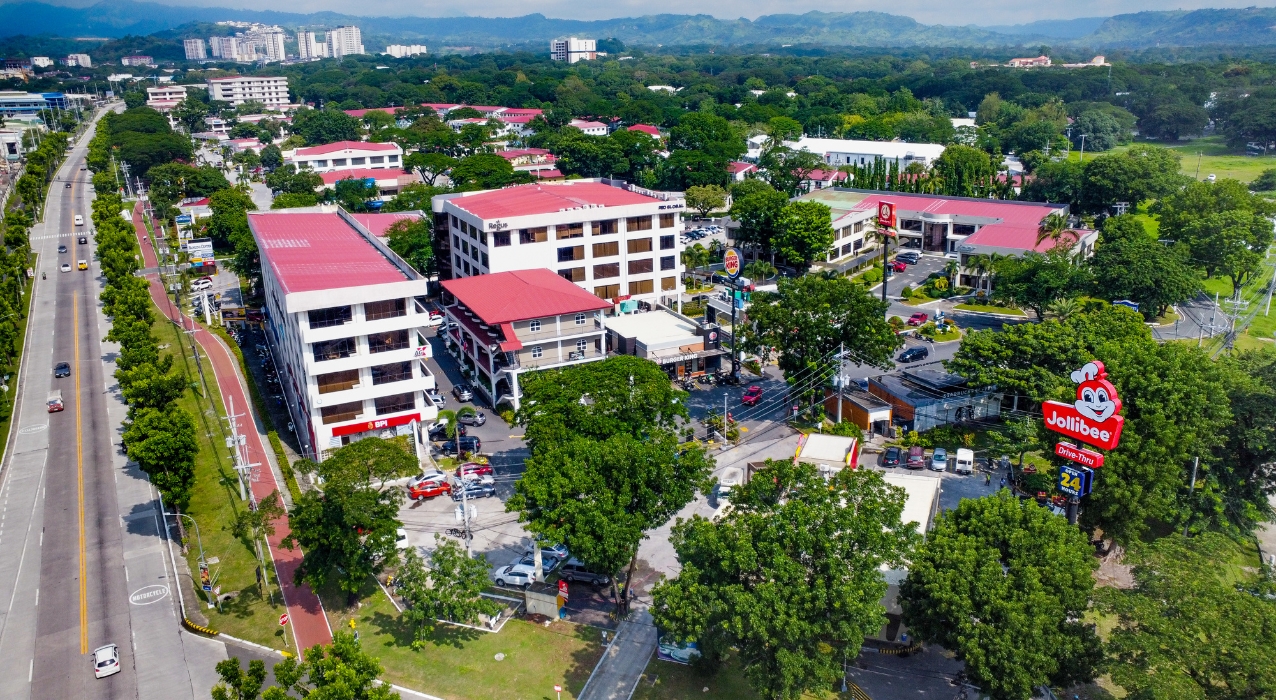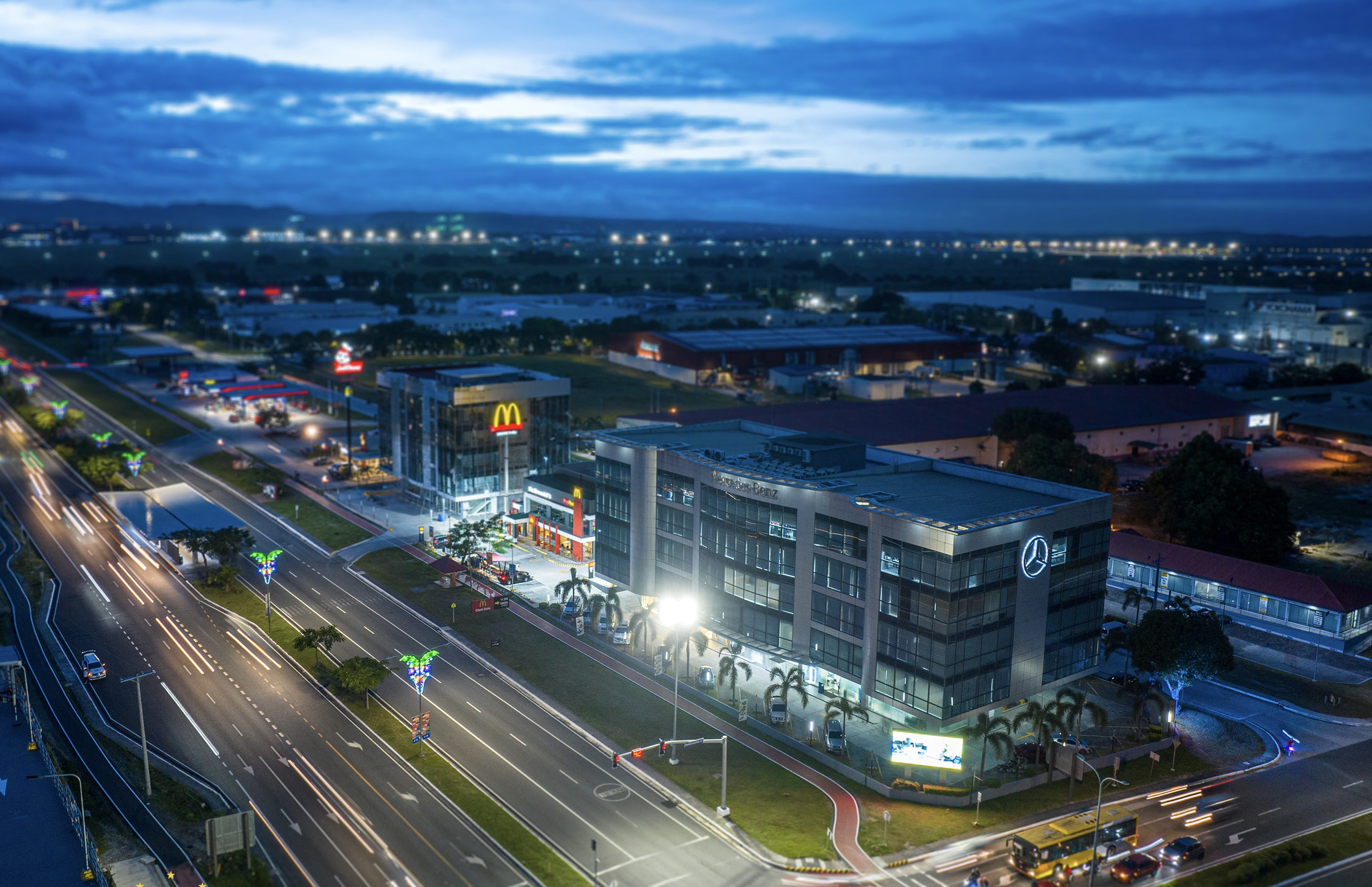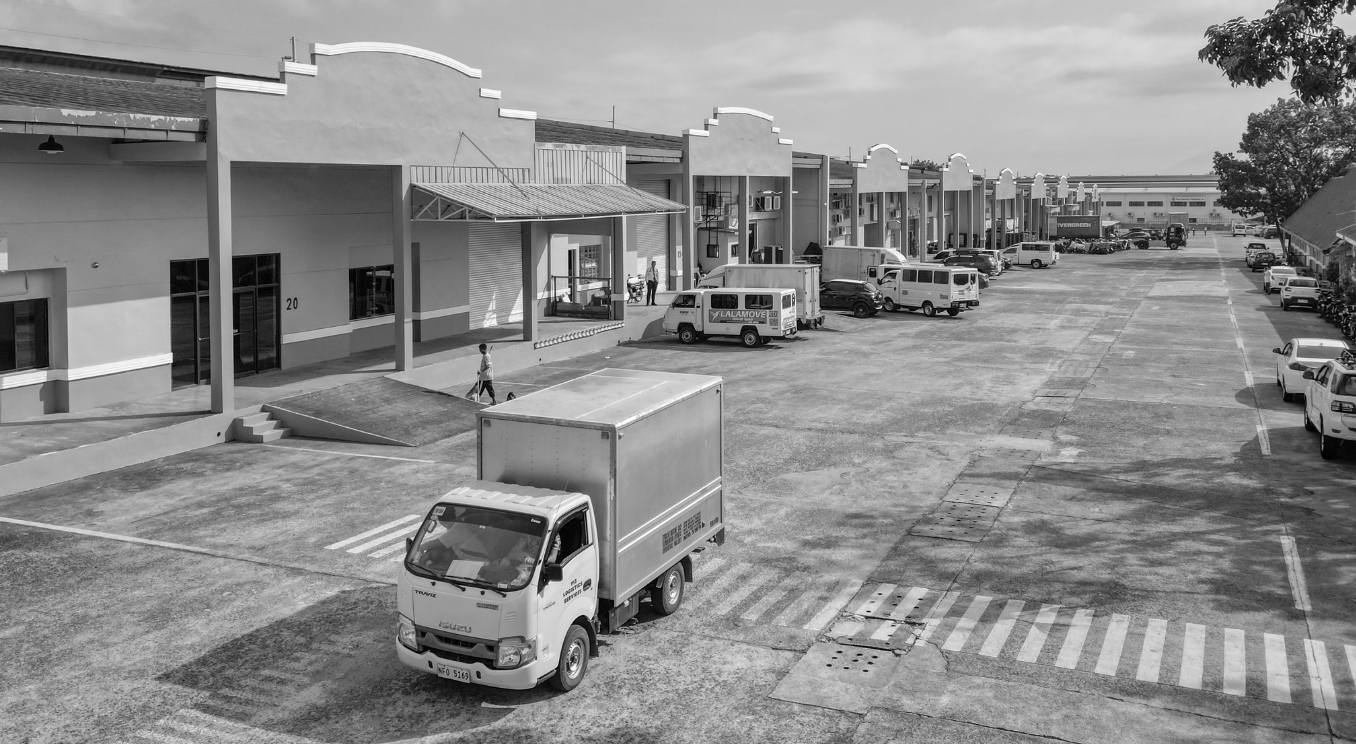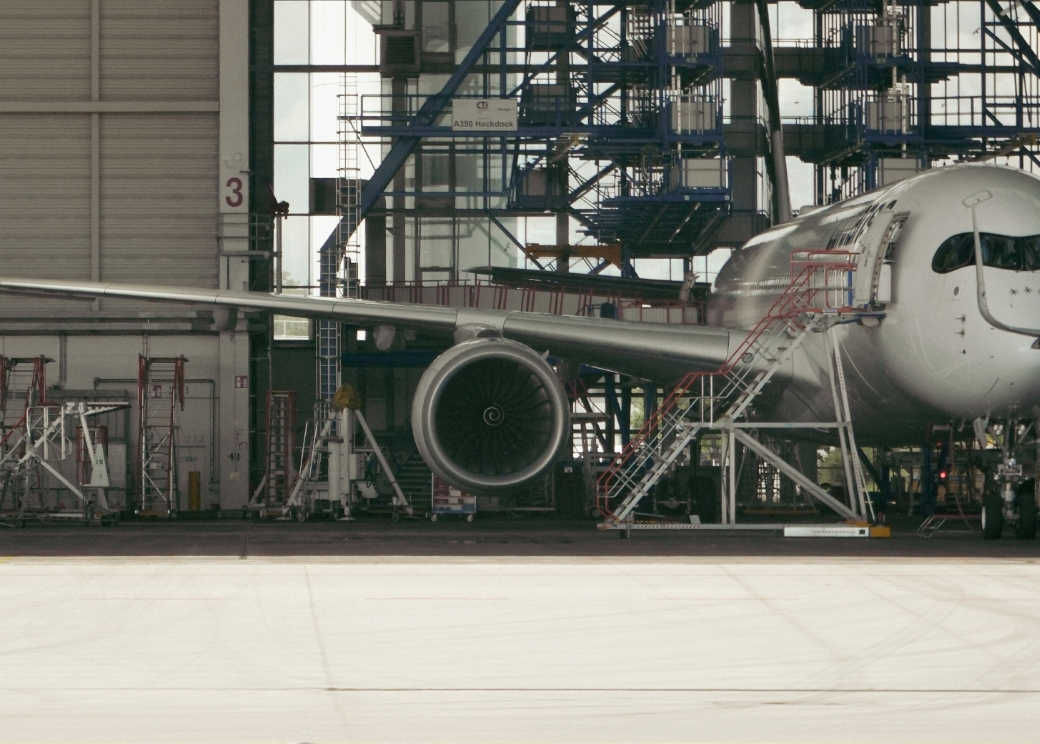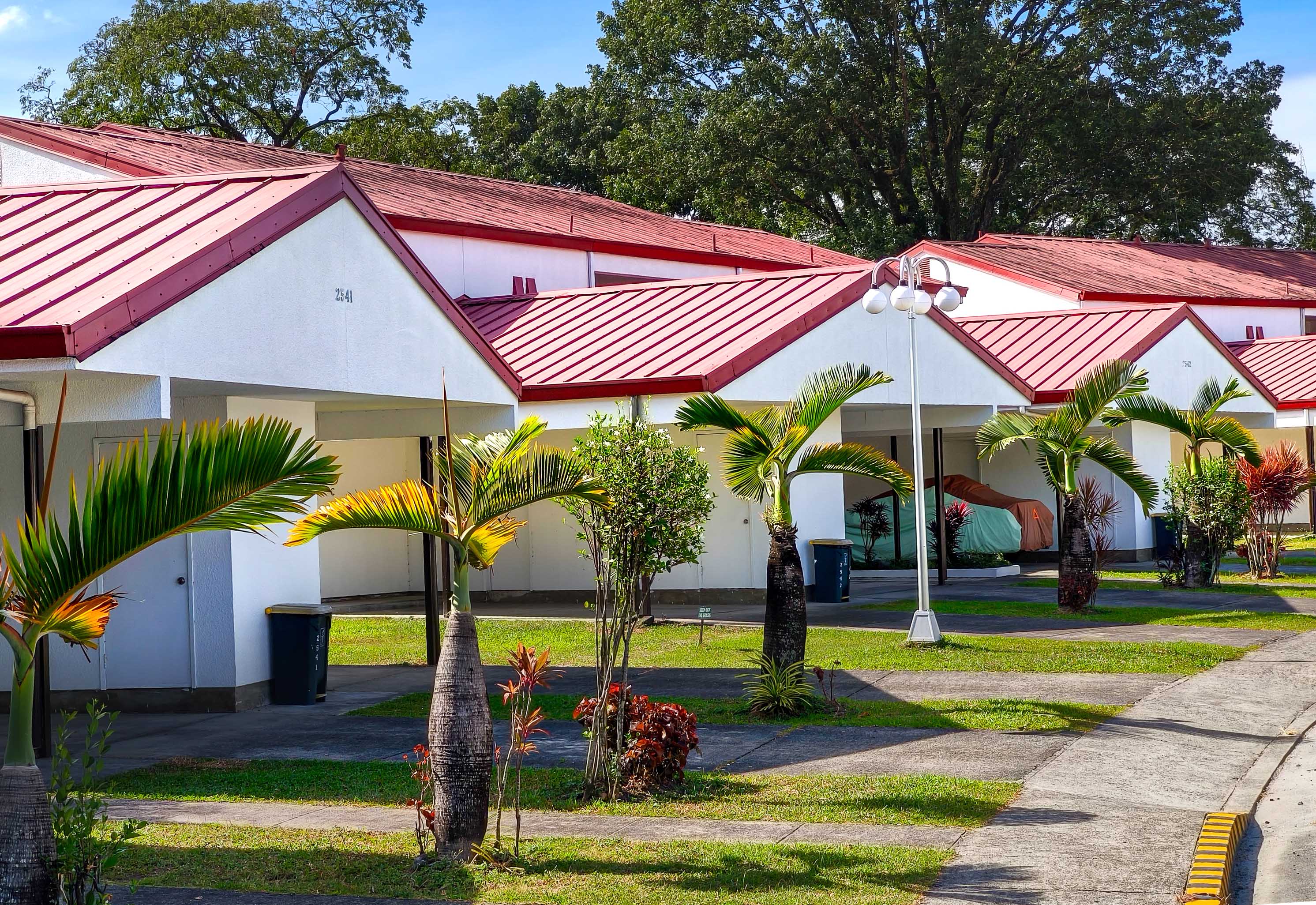Benefits and Incentives
*FOR QUALIFIED COMPANIES- 4 - 7 Year Income Tax Holiday (ITH)
- 5% Special Corporate Income Tax (SCIT)
- Exemption from Value Added Tax (VAT)
- Exemption from Local Sales Tax & National Sales Tax
- Tax Free Exportation of Finished Goods
- 100% Foreign Ownership
- 100% Repatriation of Profits

Clark
Your New Gateway to Asia
3-4 Hours to Key Asia Cities
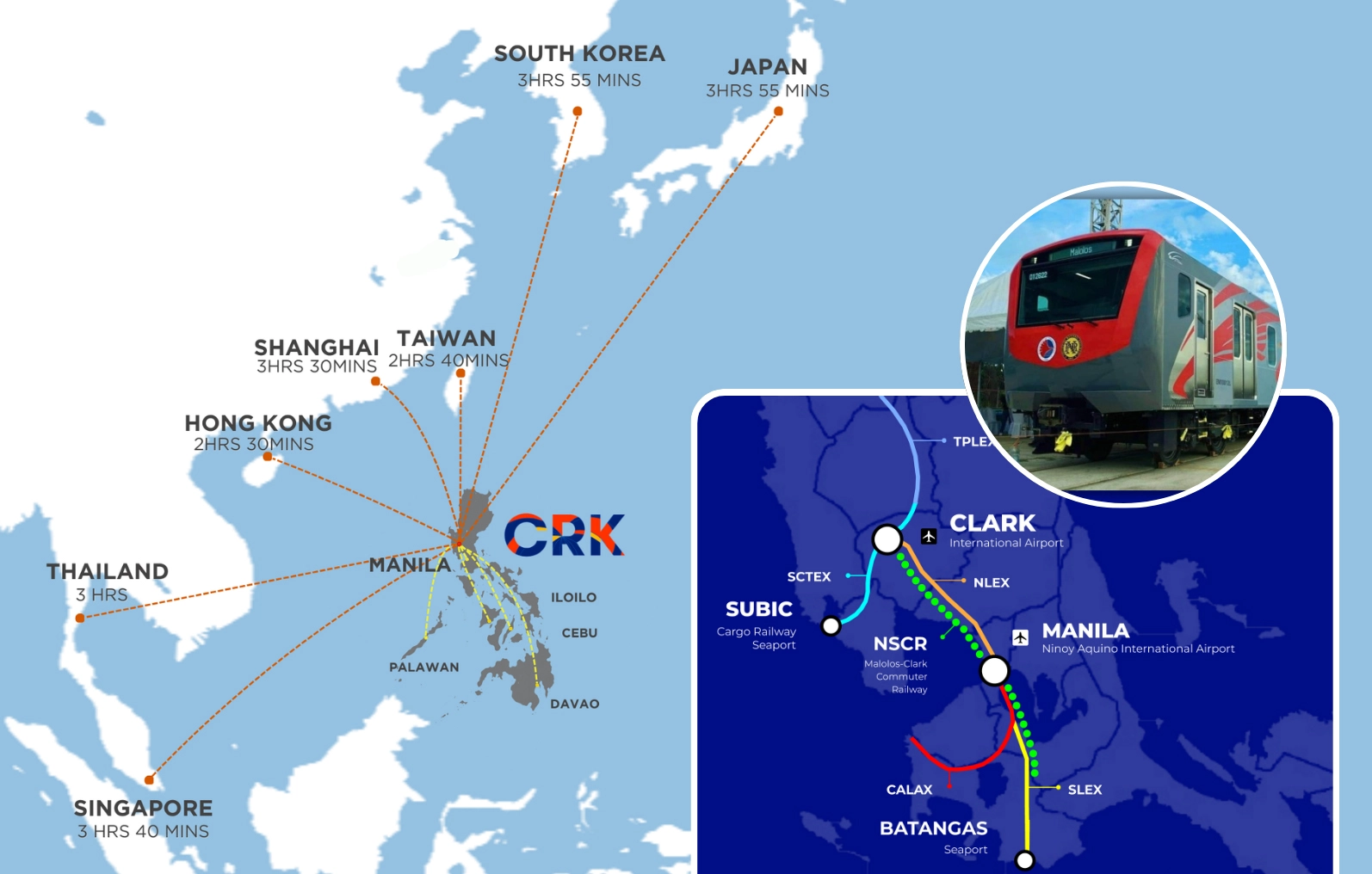
Clark is strategically located within its own international airport, Subic Bay Seaport, and key road networks that connect it to major Central Business Districts (CBDs) both locally and internationally. This prime positioning ensures efficient delivery of goods and services to major destinations across Asia and globally. Within Clark, all essential amenities are just a short drive away—seven to ten minutes: including the airport, schools, churches, government offices, malls, residential areas, restaurants, and golf courses.
Key transportation highlights include:
- CRK Airport terminal is 2 minutes from new train station
- CRK is a 15-minunute drive from anywhere within the Clark Freeport Zone
- Subic Bay Seaport is just 45 minutes away by car
- New highways and roadways make Manila International Airport (MNL) and Metro Manila only 90 minutes away
- New train system will reduce travel time from Clark to Manila to just 45 minutes
The Manila/Malolos-Clark Railway Project (MCRP), a crucial part of the NSCR, will reduce travel time from Malolos, Bulacan, to Clark International Airport from 1.5 hours to just 30 minutes. The MCRP can accommodate up to 350,000 passengers daily, contributing to the overall NSCR’s capacity of 1 million passengers daily.
Additionally, the Subic-Clark Cargo Railway (SCRP), part of the Philippine National Railways (PNR) Luzon System Development, will create a vital 71-km rail link between Subic Bay Freeport Zone and Clark Freeport Zone. This will enhance the logistics corridor, fostering industrial and commercial growth, and providing a seamless connection between key infrastructure like Subic Seaport and Clark International Airport. The project will also boost freight and passenger interoperability within the Luzon Railway System.
The railway project, designed to enhance connectivity between the former U.S. military bases of Subic and Clark, has been a cornerstone of the Philippines' Luzon Economic Corridor. It aims to integrate transport infrastructure across key regions, further boosting economic activity and facilitating smooth, efficient movement of goods and people throughout the region.
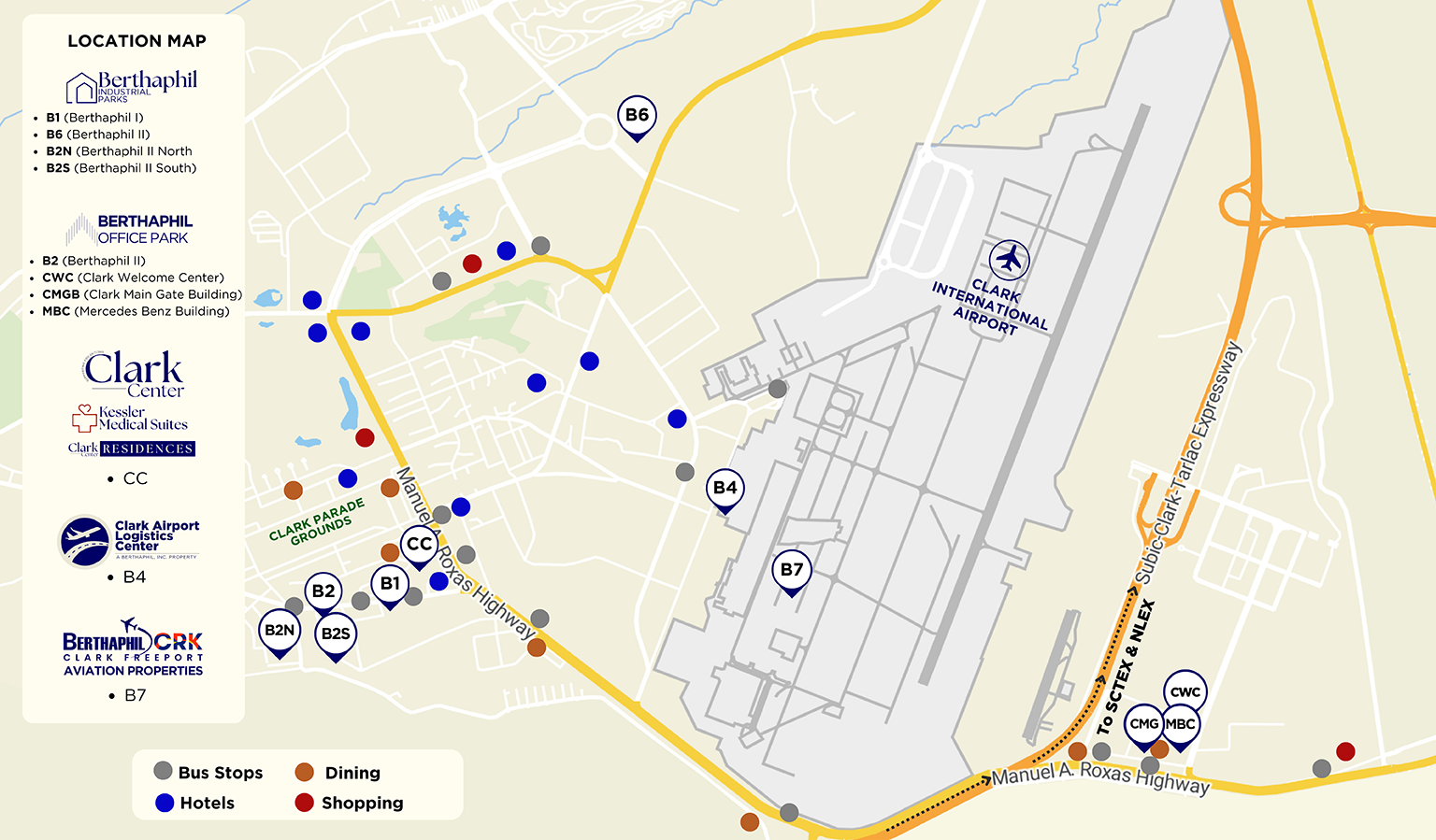
Clark at a Glance
4,400 hectares
Freeport + Aviation ComplexUSD 5.70 Billion
as of Q2 2024USD 2.89 Billion
as of June 30, 202460%
12 Million
1,155
Q2 2024140,345
Q2 202411
259
40,000
5
17
948,608
May 20244,100
80
5
5
146+
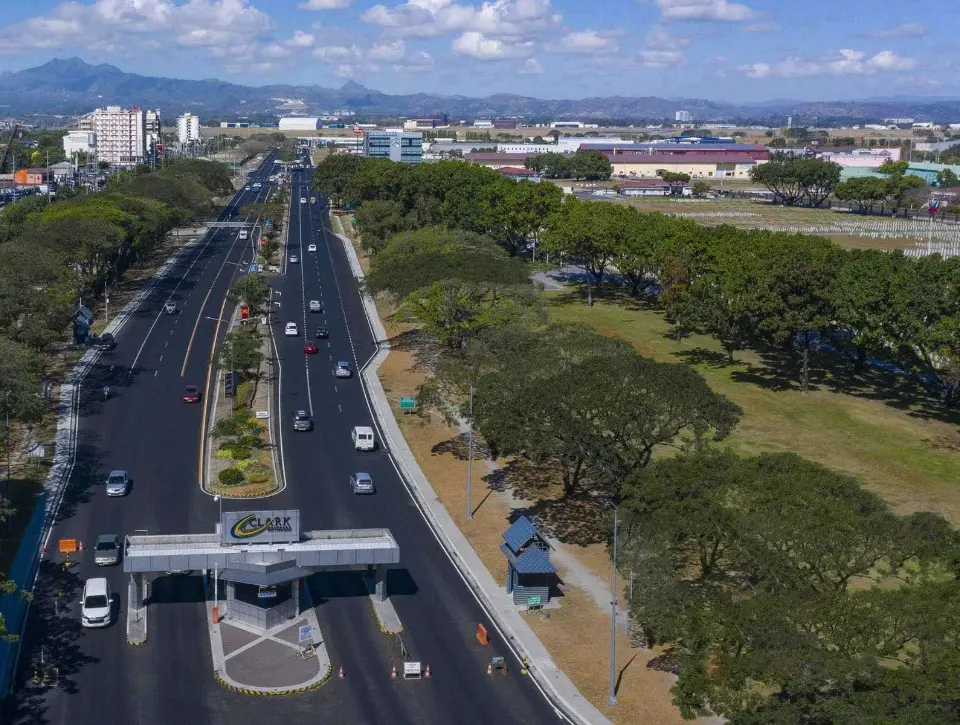
Clark Freeport Zone is managed by Clark Development Corporation, a subsidiary of Bases Conversion and Development Authority. The main zone is a fully developed 4,400-hectare mixed use land area where Clark International Airport is also located.
Currently, it host to 1,153 locator companies engaged in manufacturing, information communication technology (Call Centers, Tech Support, Back Office Processing, Software Development), tourism, and aviation-related industries evolving from the former US Airbase and now an International Airport with one of the largest airfield and runway in Asia -- CRK.
A total of 121,341 skilled and talented workers who are highly efficient and competent .
The Freeport’s own aviation gateway, the Clark International Airport creates connectivity and makes Clark one of the premiere tourist destinations in the region. It is ideal for meetings, investments, conferences, and exhibits (MICE) as well as sports and other recreational activities.
Getting Around
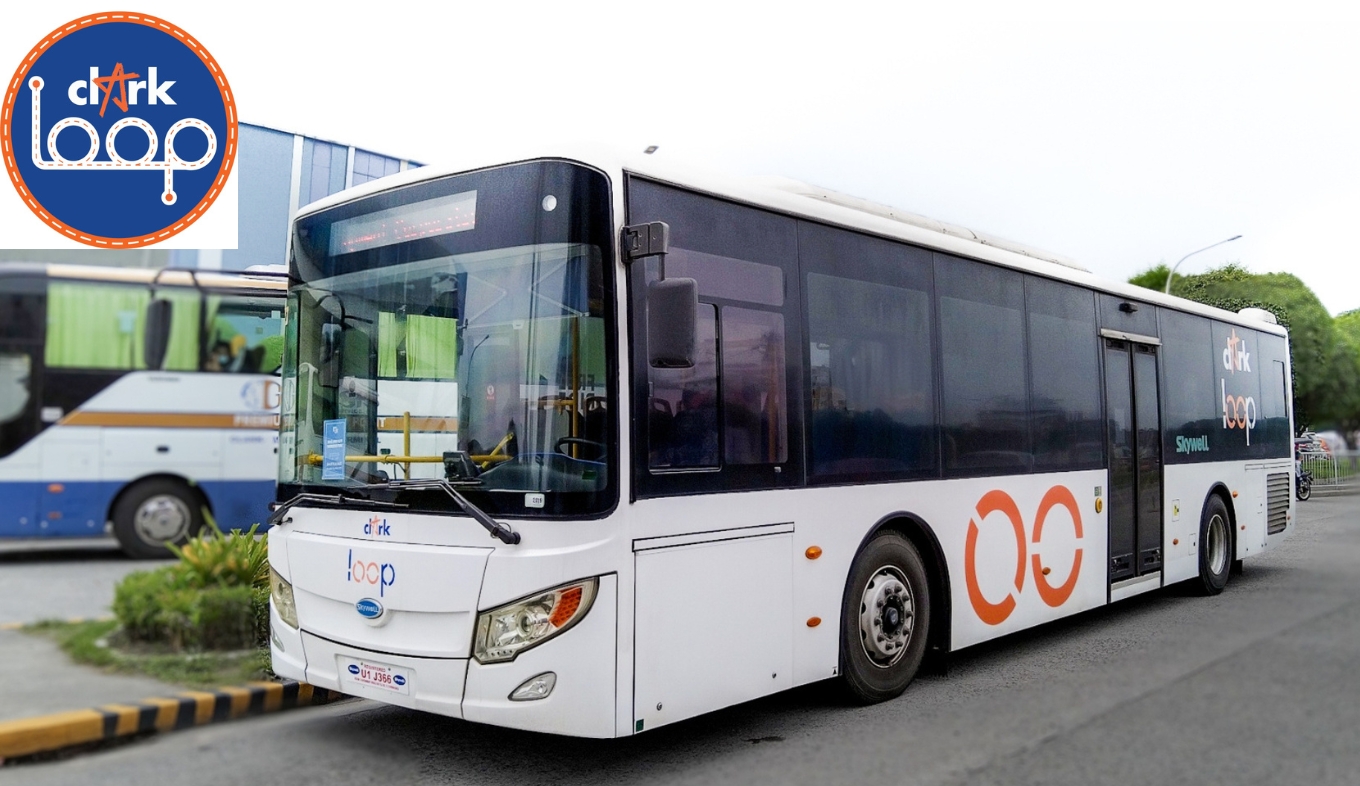
The Clark Loop is a transportation initiative developed by the Clark Development Corporation (CDC) to improve mobility and convenience within the Clark Freeport Zone in the Philippines. It typically offers a more efficient, sustainable, and user-friendly way for both residents and visitors to get around Clark, covering key areas, businesses, and recreational spots.
One of the key features of the Clark Loop is its cashless mode of payment, which enables passengers to pay for their rides using modern electronic payment systems like RFID cards, making transactions faster and more convenient.
The routes of the Clark Loop are designed to cover major destinations within Clark, providing seamless connections to places such as shopping malls, business centers, hotels, and transport hubs. It aims to reduce traffic congestion by offering an organized, loop-based transit system.
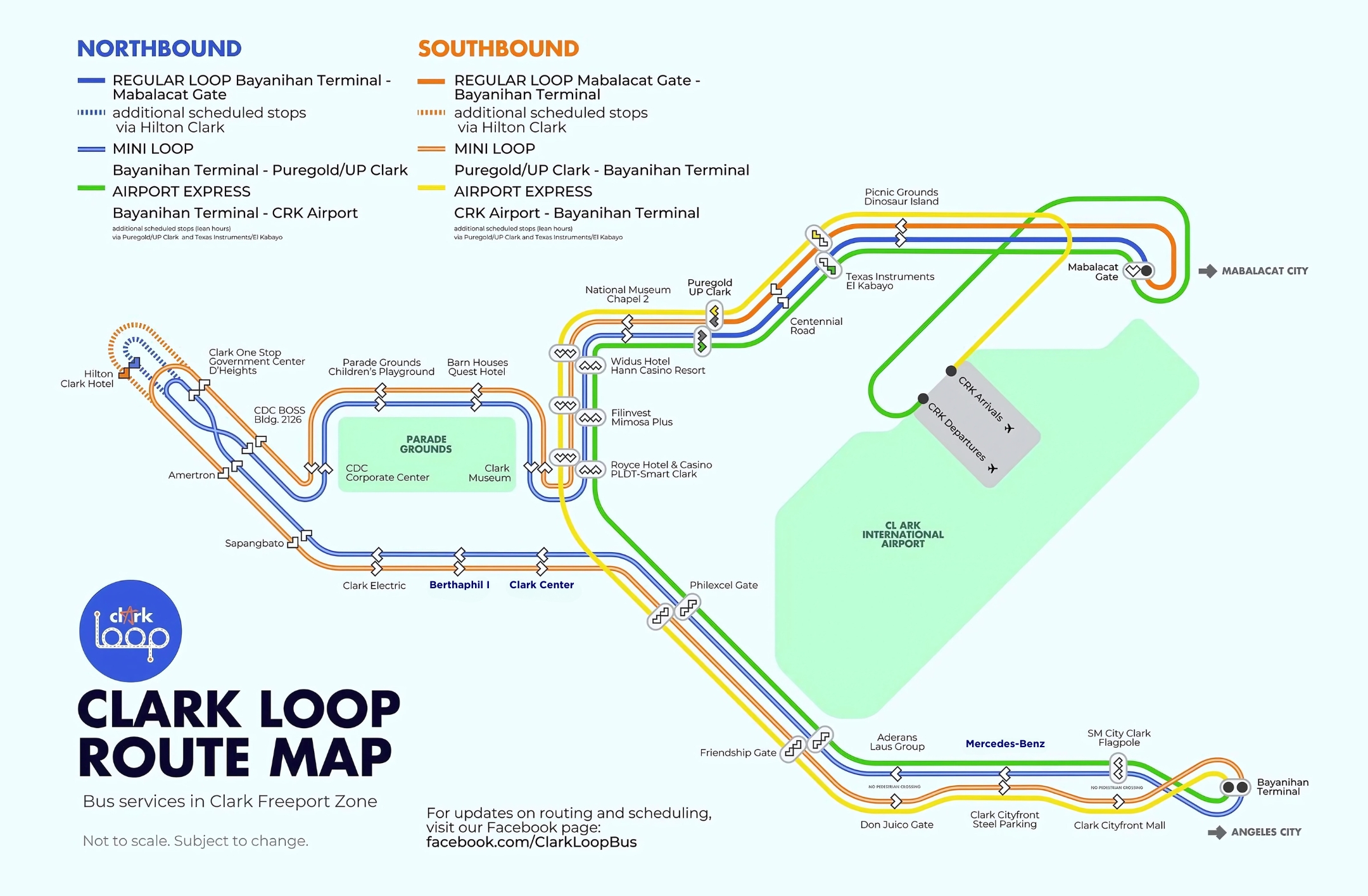
Quality Infrastructure

The infrastructure built by the United States Government provides Clark with the bones to be a world-class work, live, play, and highly secure environment; perfectly suited for data centers and disaster recovery sites.
- Dual Fiber Optic Backbone (200Km Fiber around the Zone; Digital Exchange System Connecting to 200 Countries)
- 22MV Solar Power Plant
- US$0.14 Power Rate Per KWH (Distribution Charge)
- Dedicated Two (2) 230KV/100MW Power Lines
- Water Treatment Facility
- Own Sanitary Landfill Facility with Recycling, Waste Treatment and Materials Recovery Facilities

Power
Clark’s power supply is sourced directly from the Luzon grid through the San Miguel Energy Corporation via the National Grid Corporation of the Philippines. It is connected at 69KV level in Mexico Pampanga’s grid substation with the capacity of 80MW and a Mexico-Clark line with a capacity of 230KV.
Telecommunication
Telecommunication facilities are kept at the highest efficiency level by creating a liberal business environment open to telecom providers that can extend the best information communication services. These include dual fiber optic backbone and digital exchange system for advanced telephony and cellular and internet connectivity. Our service providers have an extensive network infrastructure, connecting to more than 200 countries and territories worldwide through their international gateway facilities and major cable systems
Waste Disposal
Clark Development Corporation, through a service contract with the Metro Clark Waste Management Corporation, manages and operates the Clark Integrated Solid Waste Management Facility for CFZ.
It is the first and only real sanitary landfill in the Philippines to date. All investors in Clark are assured of proper management and safe disposal of their garbage and can boast of full compliance to the national environmental regulatory and international certification requirements.

A Competitive Workforce
The Philippines is widely recognized for having one of the most motivated, highly trainable, and well-educated labor forces in Asia, with proficiency in English being a key advantage.
Clark boasts a workforce of 140,345 skilled and talented individuals who are known for their efficiency and competence.
The average daily wage stands at USD 8.94.
Trainable Workforce
A leading Hong Kong consulting firm gave Filipino workers the best overall score based on points for quality, cost, availability and turnover among workers in East Asia.
Skilled and managerial level employees are widely considered the best in terms of wage costs and quality of any Asian country.
High Literacy Rate
The Philippines has one of the highest literacy rates (97%) in Asia, and English is widely spoken and taught in schools across the country. Most workers are fluent in English to communicate with foreign managers allow the use of manuals and training materials without the time and expense of translation, and allow foreign experts to conduct training directly, without the use of translators. This allows considerable reduction in training time and cost, with increased training quality. Foreign managers well regard the quality of Philippine secondary education.
Connecting you directly
with key GOVERNMENT PARTNERS
to fast-track your success

BOI is the Philippines’ lead investment promotion agency, offering incentives, industry support, and policy guidance. The BOI facilitates business registration, provides tax perks, and helps ensure a smooth and investor-friendly environment.

DTI champions local and foreign businesses through trade promotion, enterprise support, and policy development. DTI helps streamline business processes, expand market access, and foster a competitive, investor-ready environment.

PEZA promotes investments and manages special economic zones across the Philippines. PEZA offers fiscal incentives, simplified import-export procedures, and a business-friendly regulatory framework within a secure and well-supported ecozone environment.

A government corporation tasked with developing former military bases into economic hubs in the Philippines.

Premier aviation and land development arm of BCDA; develop, operate, and manage the CCAC. Oversees the operations and maintenance of CRK.

CDC oversees the day-to-day affairs in Clark, ensuring that a viable business environment is enjoyed by locators and investors, employees, residents, local communities and all other stakeholders.
OUR AFFILIATIONs
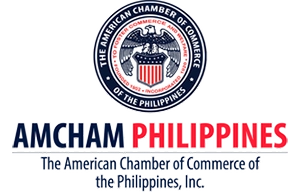 |
 |
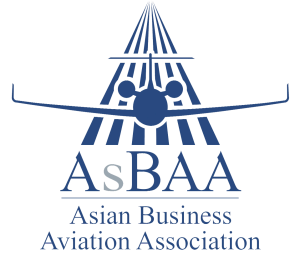 |
 |
 |
 |


